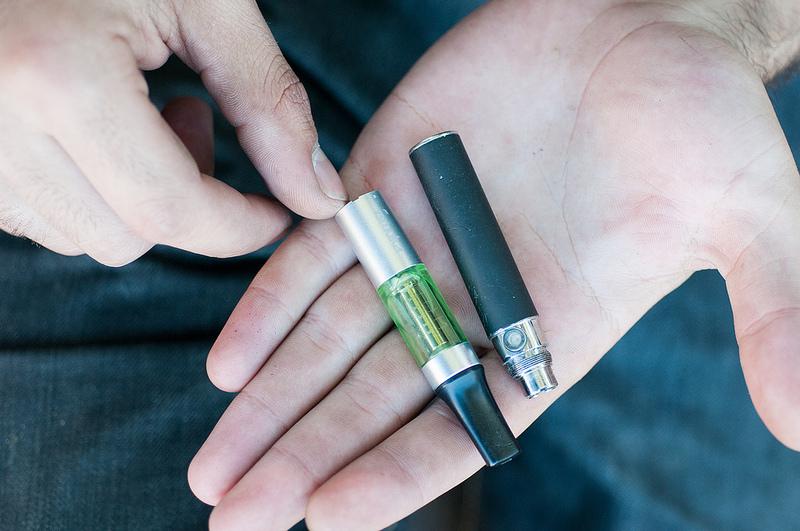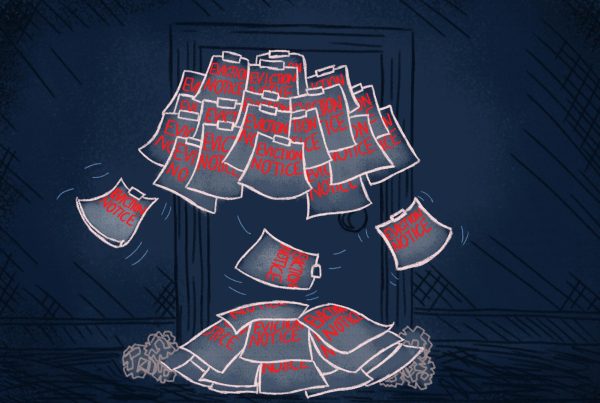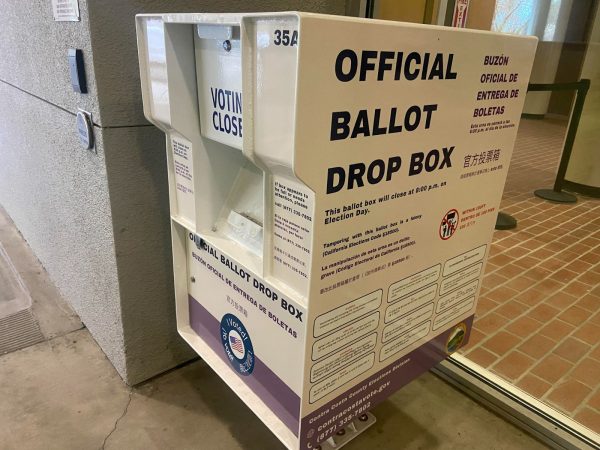Vapor rising: New trend gives students an alternative to smoking
October 8, 2013
In order to afford his new health insurance plan, DVC student Josh Yotter needed to quit smoking cigarettes–or at least find a healthier alternative. To battle his four year smoking habit he first tried rolling tobacco, then chewing tobacco, and just as he slapped on his first Nicoderm CQ patch, he discovered Blu e-cigarettes.
At first he used the e-cigarettes and the patch simultaneously, but realizing his high intake of nicotine he transitioned to smoking an e-cigarette full time. But problems arose when Josh realized Blu e-cigarettes were made mostly out of plastic and that vaporizing liquid through a plastic apparatus was worrisome.
“They were a little off,” he said. “It raised some concerns.”
Increasingly skeptical of Blu cigarettes–not only of their plastic, but also of the fact that Blu is owned by Newport–Yotter bought an e-cigarette vaporizer made completely out of metal. Since, he’s been a happy camper, sitting down to vaporize four or five times a day. “I haven’t had a single relapse,” he said. “No cigarettes at all.”
A study published by the American Journal of Public Health, which claims 45 percent of young adults aware of e-cigarettes believe the mini-vaporizers can help them quit. Yotter doesn’t merely believe e-cigarettes can help him quit–he’s had seven months of tobacco free results.
Other students, like Bijan Mehdizadeh, have felt the health benefits of e-cigarettes. “My teeth feel better, my lungs feel better,” he said. “Vaporizers have more positive effects compared to the negative effects of cigarettes.”
The same American Journal of Public Health article claims that, of the young adults aware of e-cigarettes, 53 percent believe they are healthier than traditional cigarettes. So the question is: are they?
E-cigarette liquid, or “e-juice,” is made out of three main ingredients. Although the first, propylene glycerol, can be found in antifreeze, it is considered nontoxic to humans. The second, vegetable glycerine, is found in products like shampoo and bar soap, and at high amounts of ingestion could cause negative side effects. The third ingredient, nicotine, is non-carcinogenic, but highly addictive.
Dr. Bruce Ames, senior scientist at the Oakland Children’s Hospital Research Institute, has researched extensively on the effects of carcinogens on human DNA.
“It’s working and seems like a good thing to me,” Ames said. “E-cigarettes seem to satisfy cravings without putting carcinogens in your lungs. You just decide if you get the nicotine with carcinogens or without them. You don’t want to scare people about hypothetical risks.”
With little research on the long term effects of e-juice, risks are indeed hypothetical. But attorney generals from 40 states are still concerned about e-cigarettes’ unregulated FDA status, recently urging the FDA to regulate e-cigarette advertisements and sales to minors. The FDA plans to propose regulations by Oct. 31.
John Schafer, owner of the Vapor Lounge in Walnut Creek, anticipates the regulations with confidence. “We know they’re gonna get involved, we just don’t know to what extent,” he said. “They’d be going backwards if they went too hard on us.”
With his newly opened e-cigarette store, Schafer is on a crusade to transition tobacco smokers to what he feels is “the single most effective way to quit smoking cigarettes.” Once a three pack a day smoker, Schafer tried to quit smoking after his wife was diagnosed with breast cancer. Disappointed with nicotine gum and the patch, he finally picked up an e-cigarette and has not smoked tobacco since. Inspired, he opened his store.
Though minors under 18 are not allowed in his store, Schafer also feels e-cigarettes are a good alternative for kids lured into social smoking.
“Kids are now given the opportunity to either put a cigarette in their hand, or a vape,” he said. “It gives them a healthier alternative.”
According to a study by the Centers for Disease Control (CDC), more teenagers are indeed trying e-cigarettes. E-juice flavors like “Cherry Limeade” and “Gooey Buttercake” may appeal to young people otherwise repelled by tobacco, as some critics have raised concerns over e-cigarettes’ potential as a “gateway” into other nicotine products.
For DVC student Kyle Mendez, e-cigarettes didn’t help him quit; they helped him start smoking. Of e-cigarettes he said, “There were flavors that tasted nice, and the nicotine felt kinda good.”
Five weeks after he started using his e-cigarette vaporizer, he bought his first pack of traditional cigarettes.
Taking a drag of a cigarette he said, “They [e-cigarettes] just weren’t efficient enough.”
—Gustavo Vasquez contributed to this story.














































































